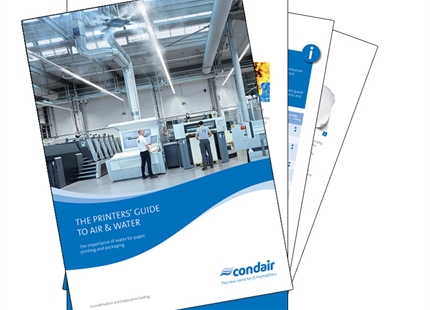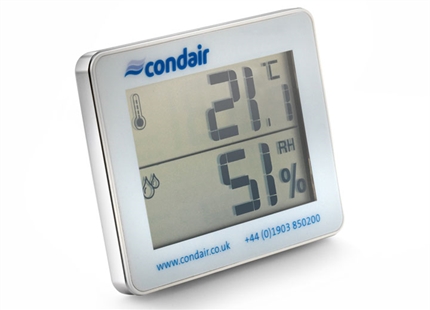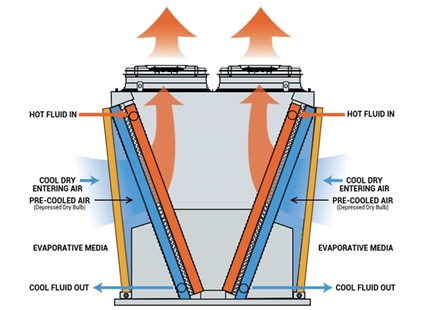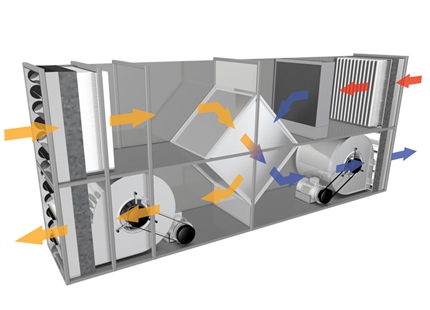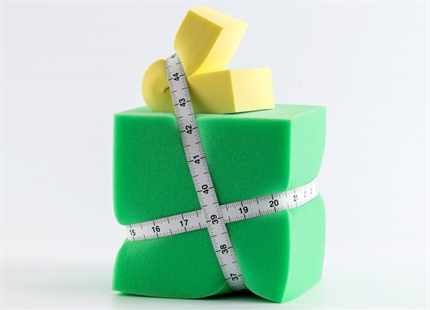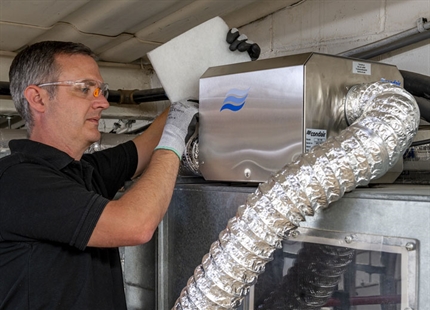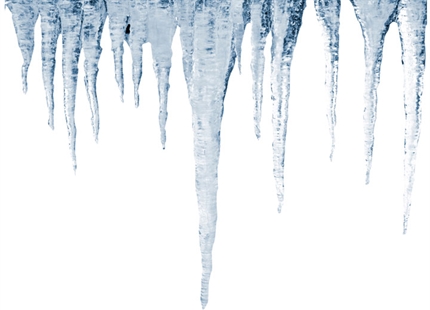
Author: Paul Kipp, Area Sales Manager, Condair Limited
The Printers' Guide to Air & Water
Download your free copy now. Produced in association with FOGRA.
Clcik hereControl humidity and improve productivity in digital printing
Humidity control in digital printing is essential during the cold, winter months to maintain optimum productivity. Without it internal air conditions can drop to around 25%RH. This is a long way from the typical ideal humidity level for printing facilities of 50-55%RH, as specified by paper and print machine manufacturers.
Low indoor humidity levels will impact a printer’s profits in many ways. It will detrimentally effect the performance of paper and ink as well as increase electrostatic build-up.
In low humidity environments paper loses moisture from all exposed surfaces, which are typically the edges of a reel or stack. It can change rapidly. Dimensional changes of 1-2% can occur in as little as 10 minutes. This can be visually seen in stacks of paper with tight edges causing the sheet to become concave and curl at the edges. This can lead to mis-feeds, mis-registration, doubling or wrinkling during printing.
The larger the sheet, the greater the impact of any dimensional change, so this is of particular importance for wide format printing.
Incorrect work area humidity levels will also inhibit the performance of aqueous or solvent based inks. Too dry and it will mean the solute evaporates prematurely. The ink droplet will change its viscosity impacting on its adhesion to the paper. Rapid ink drying can also block the print heads resulting in a diffused spray pattern.
Conversely, if the humidity is too high in the print room and the ink or paper pick up moisture from the air, this can lead to image smudging, as well as ink spread across the surface of the paper. This can reduce the image definition due to extended drying time.
In addition to ink and paper issues, air at low humidity increases the build-up of electrostatic. Dry air is incapable of dissipating naturally occurring electrostatic charge. It therefore becomes a much more prevalent problem in the winter, when internal humidity levels are at their lowest.
Using a properly designed and installed humidification system is the only way to ensure air humidity does not drop below that recommended by the print machine or paper manufacturer. Condair has been serving the global print industry for over 60 years. The company offers printers on-site expert assessments of their humidity management, giving advice on how best to achieve increased productivity by maintaining optimum humidity.

